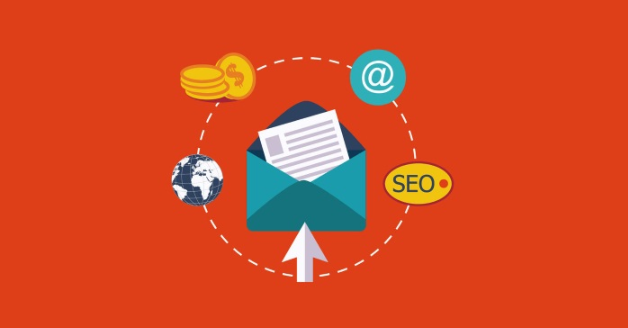Even the best employee referral programs go stale after a while and need a little pick me up now and then. To keep things fresh, you should run special campaigns every few months. Learn how to run a successful employee referral campaign!
Keep your employee referral program fresh!
Employee referral programs are one of the most productive recruitment methods.
However, even the best employee referral programs go stale after a while and need a little pick me up now and then. To keep things fresh, we recommend running special campaigns every few months, with every 3 to 6 months being a good rule of thumb.
You may not have the budget for elaborate prizes. That’s okay. Even campaigns that don’t offer expensive prizes can still succeed if they do a good job garnering attention.
How to run an effective employee referral campaign?
Running a campaign can be intimidating. Thinking through all your options can make your head spin. Here are our top tips for running an effective employee referral campaign.
Tip #1: Reward activity, not results
It can be tempting to just increase the referral bonus you’re already offering for a little while. It’s easy and safe (after all, you only have to pay out the increased bonus if you make a hire).
But we’ve found that boosting reward amounts creates diminishing motivational returns because you’re just doubling down on an existing motivational impetus. When you reward effort with an instant prize, you’ll often see more immediate results.
We suggest rewarding referrals of candidates who are invited in for an interview. This ensures that the referral was qualified, and doesn’t result in too many unqualified candidates.
Real-life example:
We helped Aaron Pullman at Chegg ran such a micro-reward campaign last year, and it was a smashing success. Chegg offered $100 Movie Ticket gift cards to anyone who made a qualified referral during the months of July and August. Employees could get multiple gift cards by making multiple referrals.
Here’s what their promotional email looked like:

“It sounds crazy, but our engineers got more excited about the Gift Cards than they did about the $5,000 bonus.” – Aaron Pullman
Chegg saw a 300% increase in referrals during the campaign. Even after the campaign ended, they continued to see a 25% increase in referrals. Once their employees familiarized themselves with the referral process, they continued to refer.
Tip #2: Keep the rules simple
Don’t overthink the rules for your campaign. Your employees are busy; if they don’t understand the rules of the campaign quickly they’ll lose interest.
It can be tempting to craft a complex ruleset with lots of qualifications, time frames, deadlines, and exceptions. But your employees won’t trust competition with too many rules. You risk creating a campaign that feels tricky when you want it to feel generous and fun. Don’t make them get out the magnifying glass to read the fine print.
Every time you add a rule to your campaign it becomes a little less engaging, so try to keep it simple.
Real-life example:
Here’s an example of the Boeing Credit Union’s campaign that offered Starbucks’ gift cards in exchange for referrals.
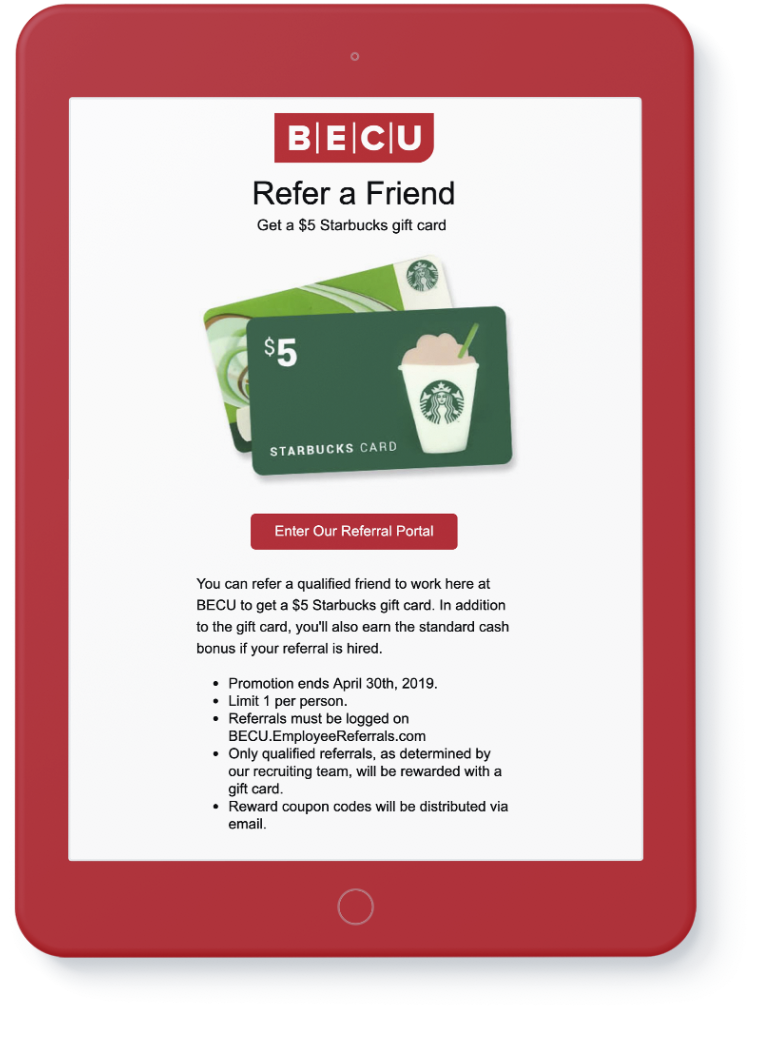
Tip #3: Make it fun
Campaigns should be fun. Your standard referral bonus already represents fair compensation for their efforts, so your campaigns don’t need to worry about it. They’re about generating buzz, so they should be light and breezy.
Give away silly prizes. Use stupid puns, alliteration, and rhymes. Don’t be afraid to be goofy. If you don’t have money for elaborate prizes, don’t sweat it.
Real-life example:
Carbonite uses Star Wars puns for everything:
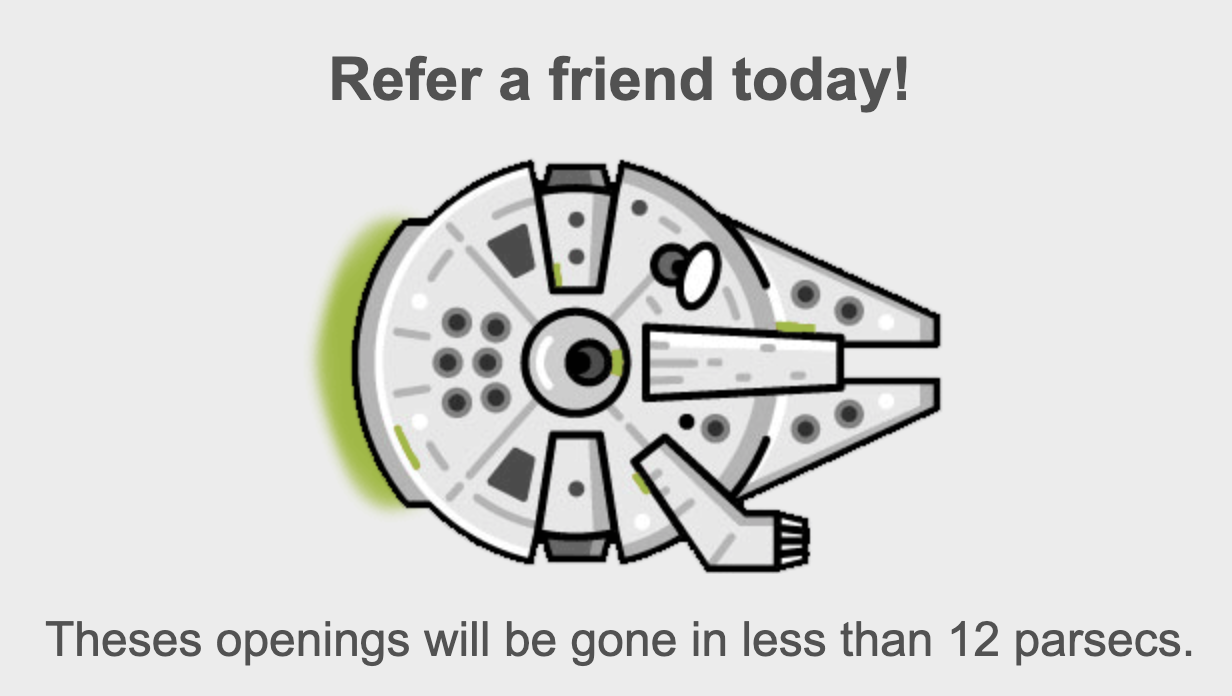
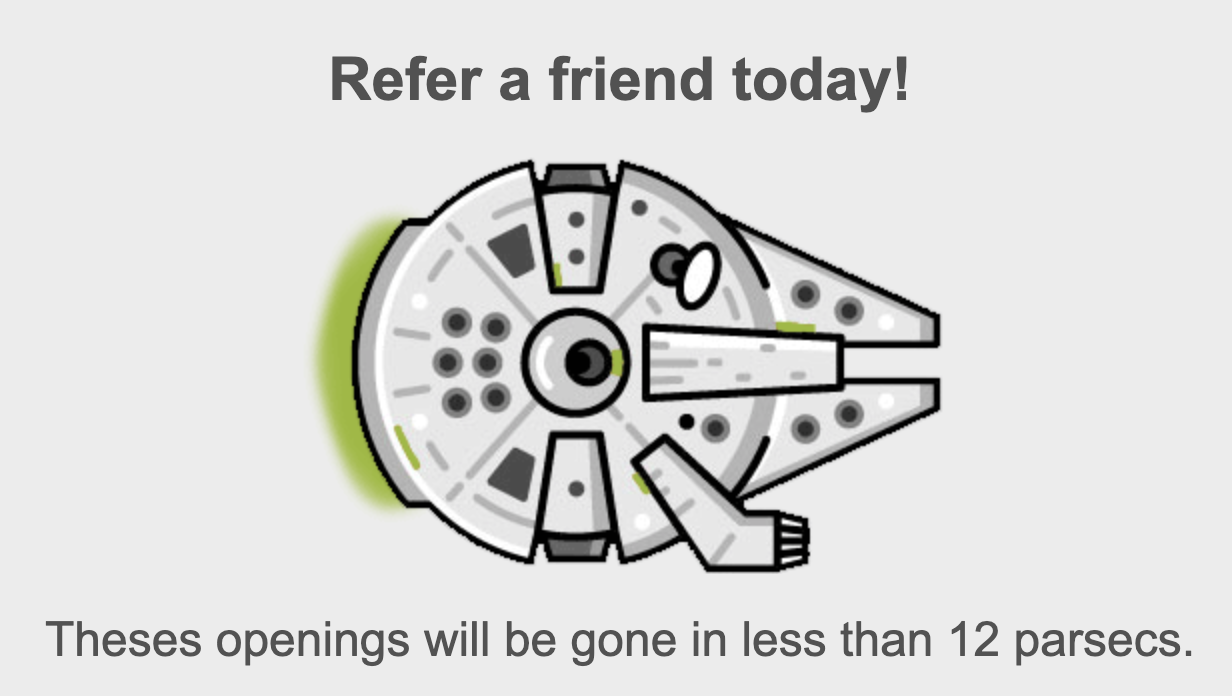
Here are a few more fun examples:
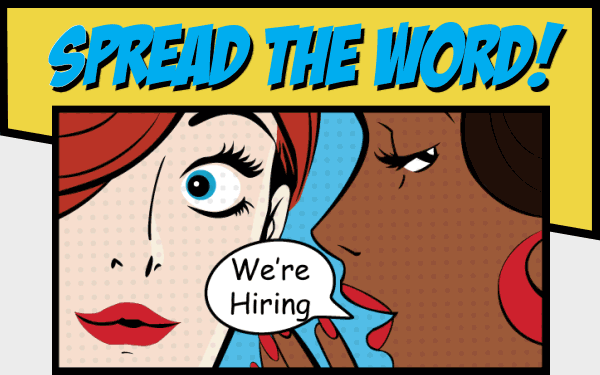


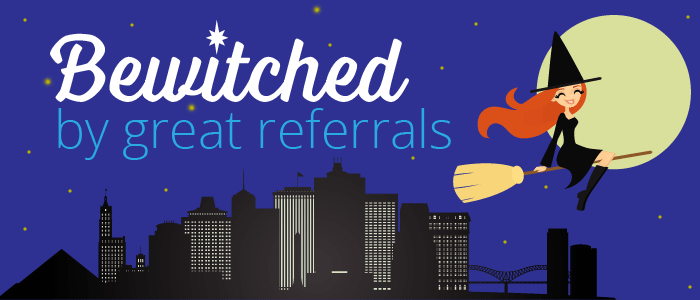
Tip #4: Create urgency
Your referral program has already been in existence for some time, and just like any good marketing pitch creating a sense of urgency is vital. Your employees are busy and creating a campaign that forces them to get off the hamster wheel to do some recruiting can be very effective. Keep your campaigns short and advertise the deadline; don’t allow them to drag on for months at a time.

A great way to create urgency is with a ‘race’. For example, you may give away 20 gift cards to the first 20 people to submit a referral. When the gift cards are gone the campaign ends. People love immediate gratification and rewarding employees immediately can motivate them to take action in the first place. In addition, this type of campaign taps into the competitive nature of your employees. Not all of your employees are competitive but those who are will have a hard time staying away from this dangling carrot.
Real-life example:
Here’s an example from Amcor, who offered $10 Starbucks gift cards to the first 50 people to refer a friend at their New Albany plant.
Tip #5: Use physical interactions where possible
Employee engagement is paramount to a successful employee referral program. Marketing your referral program using a number of different engagement approaches will bode well for your success. Email works well, but consistent and memorable face-to-face interactions work better. Many of our clients have enlisted the help of managers at remote locations in putting up posters, speaking with their team, and handing out swag. Swag can create a sense of pride and an appreciation for the employee referral program.
Real-life examples:
Amcor delivers posters, shirts, and scratch cards to their remote locations.

St. Jude delivered 4,400 peeps in one day as part of their “Introduce us to your peeps” campaign.
Tip #6: Measure results
Every company is different, and what has worked for our clients might not work for you. Set one or two clear goals for your campaign and measuring the results. How many people opened your campaign emails? How many referrals did they submit? How many of those referrals applied?
Real-life example:
We recently helped a client run a campaign in which they doubled the bonus they were offering for a single position (automotive techs). When the campaign concluded, we saw that they only received a few referrals (although one was hired). What went wrong? We saw that their campaign email had a high open-rate (65%) and a high click rate (23%). We concluded that people were interested, but couldn’t think of anyone to refer. They were asking their employees to refer to a single position at a small handful of locations. We recommended broadening the scope of the campaign and including more positions. They did, and the second mailing was much more successful.
Key takeaway: Make your employee referral program consistent and fun
We hope you enjoyed our tips for running an exciting employee referral campaign. Again, even the best employee referral programs go stale after a while and need a little pick me up now and then.
To keep things fresh, we recommend running special campaigns every few months, with every 3 to 6 months being a good rule of thumb.
Remember to have fun and track your results. Be consistent and memorable in your employee engagement.
Additional ide for getting more employee referrals
Organize a referring party!
About the author
Kendall Fraizer co-founded EmployeeReferrals in 2011. He thoroughly enjoys recruiting and went on to marry the first referral hire sourced by the platform. EmployeeReferrals has grown to become the world’s #1 provider in the space, providing services to over 100 enterprise clients, over 500 employment brands, and over 3 million end-users.

